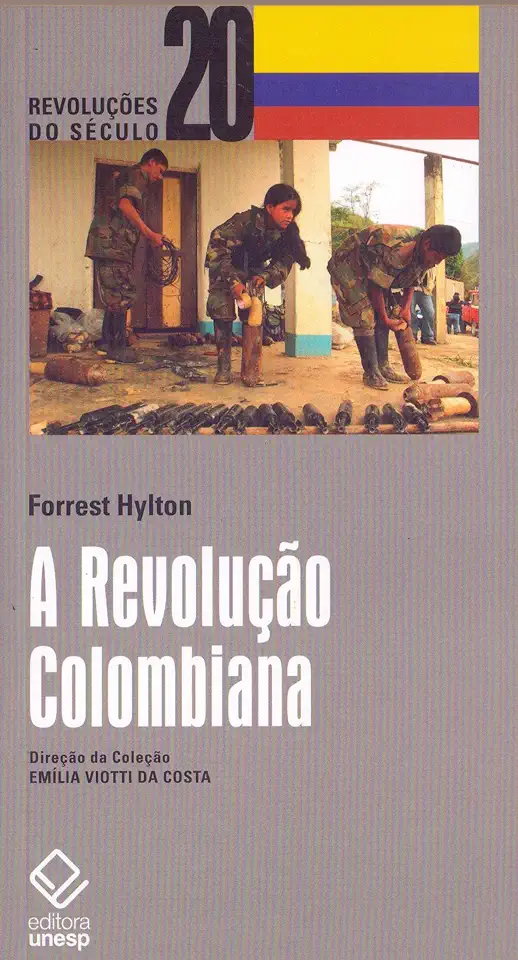
The Colombian Revolution - Forrest Hylton
The Colombian Revolution: A History of the FARC-EP
In "The Colombian Revolution," Forrest Hylton provides a comprehensive and engaging history of the Revolutionary Armed Forces of Colombia (FARC-EP), one of the most powerful and enduring guerrilla movements in the world. Drawing on extensive research and interviews with FARC members, Hylton offers a nuanced and sympathetic account of the group's origins, ideology, and strategies.
The Roots of the FARC-EP
The FARC-EP emerged in the mid-1960s as a response to the Colombian government's brutal repression of peasant and indigenous communities. Hylton traces the group's roots to the violencia, a period of intense political violence that gripped Colombia in the 1940s and 1950s. During this time, the Colombian government, backed by the United States, launched a campaign of terror against leftist political parties and social movements, killing thousands of people and displacing millions more.
In response to this violence, peasant and indigenous communities in rural Colombia began to organize self-defense groups. These groups eventually coalesced into the FARC-EP, which was founded in 1964. The FARC-EP's early ideology was based on a combination of Marxism-Leninism and Colombian nationalism. The group sought to overthrow the Colombian government and establish a socialist state.
The FARC-EP's Guerrilla War
The FARC-EP launched its armed struggle against the Colombian government in 1964. The group quickly gained control of large swaths of territory in rural Colombia, and by the 1980s, it had become one of the most powerful guerrilla movements in the world.
The FARC-EP's guerrilla war was characterized by a combination of conventional and unconventional tactics. The group used hit-and-run attacks, ambushes, and sabotage to wear down the Colombian military. It also relied on a network of civilian supporters to provide food, shelter, and intelligence.
The Colombian government responded to the FARC-EP's insurgency with a combination of military and political measures. The government launched a series of military offensives against the FARC-EP, and it also implemented a series of social and economic reforms designed to address the root causes of the insurgency.
The Peace Process
In the late 1990s, the Colombian government and the FARC-EP began to engage in peace talks. These talks culminated in the signing of a peace agreement in 2016. The peace agreement brought an end to the FARC-EP's armed struggle, and it paved the way for the group's transformation into a political party.
The Legacy of the FARC-EP
The FARC-EP's guerrilla war had a profound impact on Colombia. The conflict resulted in the deaths of hundreds of thousands of people, and it displaced millions more. The conflict also caused widespread economic damage and environmental destruction.
Despite the devastating impact of the conflict, the FARC-EP also played a positive role in Colombian society. The group's perjuangan for social justice helped to raise awareness of the plight of the poor and marginalized in Colombia. The FARC-EP also played a key role in the peace process, and its transformation into a political party is a testament to the group's commitment to peace.
Conclusion
"The Colombian Revolution" is a must-read for anyone interested in the history of Colombia, the FARC-EP, or the global struggle for social justice. Hylton's book is a well-researched, engaging, and sympathetic account of one of the most important guerrilla movements in the world.
Enjoyed the summary? Discover all the details and take your reading to the next level — [click here to view the book on Amazon!]